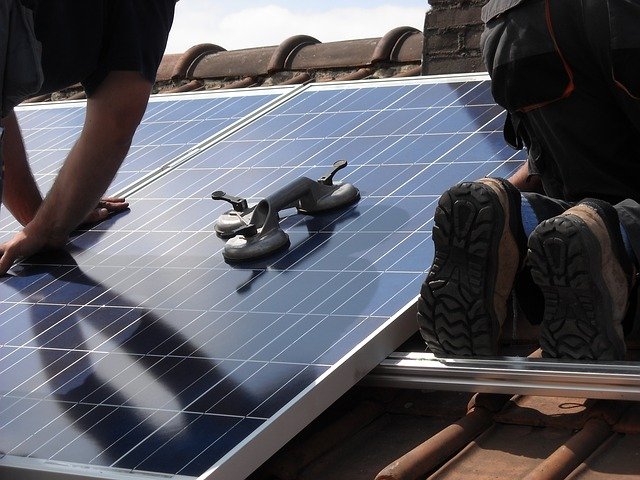According to an estimate, there are around 6,39,000 rooftop solar installations in New South Wales in Australia. That accounts for almost 24.6% of the households. Indeed, the people of this state, or New South Welshmen, as they are called, are well aware of the numerous benefits of solar installations. 
One of those benefits is the feed in tariff NSW, or FiT, which rewards customers monetarily for supplying extra energy back into the grid. It is a policy that’s beneficial to the customer, the supplier, the state and the environment.
How does it work, and what are some things that you should know about it?
What is a feed-in tariff?
The feed-in tariff resembles the “return and earns scheme” in New South Wales, where you return anything of value and are paid for it. In this case, the electricity retailer makes a specific payment amount to the customer for extra electricity supplied to the grid by solar PV installations. The rates may differ from one retailer to another.
Who decides the feed-in tariff rate?
The feed-in tariff rate in New South Wales is decided by the Independent Pricing and Regulatory Tribunal, or IPART. It is an independent pricing regulator which sets a benchmark range for solar tariffs every year.
For the years 2020-2021, the rate has been fixed at 4.6 to 5.5 c/kWh. However, the retailers are not obliged to follow the same range and are free to decide the tariff level they are willing to offer.
How to find the best solar feed-in tariff?
Different electricity retailers offer separate tariffs in New South Wales. A few things should be considered while searching for the best deal seriously.
The first and obvious one is thorough research and comparing various energy providers before settling for one. Pay attention to the prices offered, the minimum and maximum FiTs available and any extra benefits.
Difference between net and gross feed-in tariff
Under net metering, the customer consumes electricity that is produced by his solar system. If more electricity is required, it is drawn from the grid in return for regular fees. On the other hand, if the consumption is less than the production, the customer receives a FiT for extra energy sent back to the grid.
In the gross metering system, all the energy produced by the customer is exported to the grid. The customer receives a feed-in tariff for every kWh of electricity sent to the grid, while there are standard charges for its consumption.
Is feed-in tariff taxable in New South Wales?
Any income derived from a feed-in tariff from solar systems installed at domestic sites is not taxable in NSW. However, it could be taxable if the system is installed in a commercial area or if it is determined to have a profit motive.
How to know what your tariff rate is?
Customers can find the solar feed-in tariff rate mentioned in the last bill, usually on the second page below the summary of charges. The company provides details like tariff rate, amount of electricity exported, and the money deduction in that section.
Users can also find the rates on a document called Basic Plan Information Documents or the BPID. All providers are obliged to provide customers with a copy of it. It mentions the rates, fees. The document is available on every retailer’s website.
These are some of the things that you should know about the feed-in tariff in NSW. It is a great incentive to allow more people to switch to a clean, renewable and environmentally friendly energy source, and no wonder it is so popular too.
Related Posts:
- Why Your Neighbors’ Solar Panels Could Be Saving You Money Through Net Metering
- Five Ways to Lower Your Utility Bills
- How to Lower Utility Bills
- Top 10 Devices That Are Draining Your Utility Budget
- 6 Tips To Be More Energy Efficient in Your Home
- How To Cut Down On Electricity And Save Money: 4 Useful Energy-Saving Tips